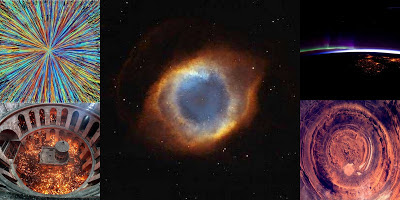Saint Dorothea /Dorothy/,
February 6/19
St. Martyr Dorothea lived in
Caesarea in Cappadocia, and suffered under the Emperor Diocletian in 288 or
300, along with women martyrs Christina and Callista and martyr Theophilus.
Saint Dorothea was a pious girl,
a Christian, distinguished with great meekness, humility, chastity, and wisdom
given by God, which astonished many. Caught at an order by governor Sapricius,
she firmly confessed her faith in Christ and was subjected to tortures. Failing
to break down the will of the saint, the governor gave her to two women – the sisters
Christine and Callisto, who were previously Christians, but – fearing the
tortures, renounced Christ and began to lead impious life. He ordered them to
persuade saint Dorothea to bring sacrifice to the pagan gods. However, the
opposite happened: the women – convinced by Saint Dorothea that through God’s mercy
salvation is granted to all repentant – did repent and turned to Christ again.
For this they were tied back to back and burned in a tar barrel. The saint
sisters Christina and Callista died as martyrs, bringing a penitential prayer to
the Lord and [He] redeemed their sin of apostasy.
Saint Dorothea was again
subjected to tortures, which she suffered with great joy and also happily welcomed
the death sentence. When the saint was led to her execution, a certain learned
man, (scholastic) Theophilus, told her with a sneer: “You bride of Christ, send
me rose flowers and apples from thy Bridegroom’s garden”. The martyr nodded to
him in response.
Before her death, the saint asked
to be given time to pray [a while]. When she finished the prayer, an angel appeared before her in the form of a handsome youth and handed her – in a clean canvas
– three apples and three rose flowers. The saint asked that all this be given to
Theophilus, after which she was beheaded by sword.
Having received the [blissful] gifts of grace, the persecutor of Christians until recently was astounded, he believed
in the Saviour and confessed himself a Christian. Subjected for this to cruel
tortures, St. Theophilus was martyred by beheading by sword.
Santa Dorotea, Rome, Trastevere
The relics of St. Dorothea are [kept]
in Rome, in the church of her name; her head is also in Rome, in the Church of
the Theotokos in Trastevere.
Santa Maria, Rome, Trastevere
The ancient church of San Silvestro boasts a stone titrated to Sts.
Sylvester and Dorothy [Rector Julian De Datis took care of the translation,
composing a memorial stone over the remains of Roman times – that stone is
still preserved in the Church’s Sacristy and was also titrated to Sts.
Sylvester and Dorothy by the second half of XVI c].








